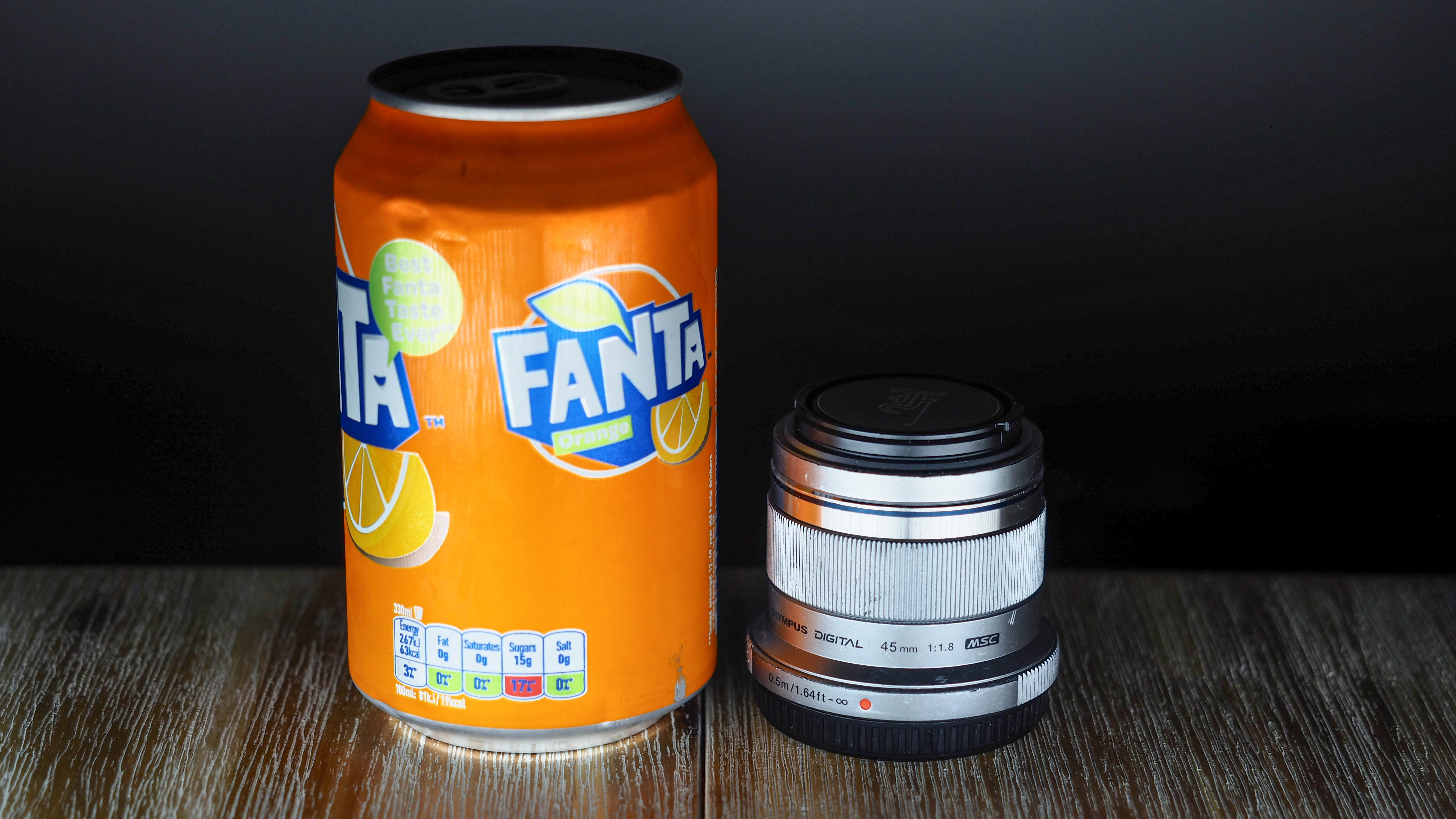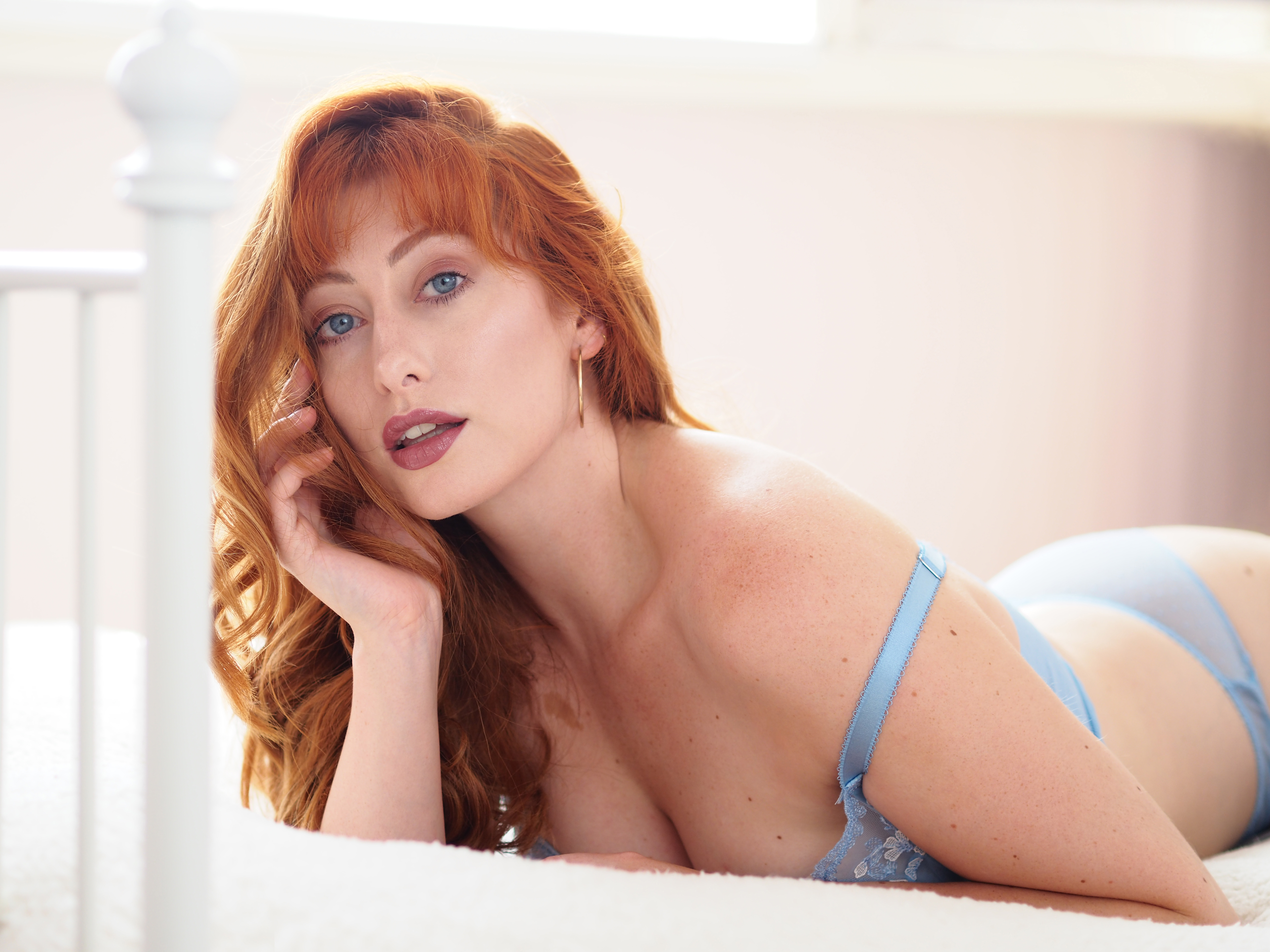Digital Camera World Verdict
The Olympus M.Zuiko 45mm f/1.8 is the perfect pocketable portrait prime. This 90mm equivalent lens exemplifies the Olympus / OM System advantage and all the benefits of the Micro Four Thirds format: affordable, powerful, and small. It's sharp as a tack, compact as a couple of tins of lip balm, and it delivers incredible results even in low light. A must-have for Micro Four Thirds users.
Pros
- +
Literally pocket-sized
- +
Very affordable
- +
Produces great results
Cons
- -
Lens hood not included
Why you can trust Digital Camera World
Confession: the Olympus M.Zuiko 45mm f/1.8 is the first lens that I bought with my own money. I'd previously been using Canon SLRs and DSLRs mainly inherited from my dad, but when I went mirrorless I jumped on the original Olympus OM-D E-M5 and specifically this lens.
The Olympus M.Zuiko 45mm f/1.8 is a 90mm equivalent that's so good it made me a) switch from Canon, b) switch to mirrorless, and c) buy it a second time, when I bought my partner her first mirrorless camera some years later. For my money – literally – it's one of the best Olympus lenses as well as best lenses for portraits, regardless of manufacturer. And that's coming from someone who also shoots on a Canon EOS R5 with the mighty Canon RF 85mm f/1.2L.
So what makes this pocket-sized powerhouse not just a great lens, but arguably a must-have for every Micro Four Thirds user? Let's take a closer look.



Olympus M.Zuiko 45mm f/1.8: Specifications
Mount: Micro Four Thirds
Focal length: 45mm (90mm full frame equivalent)
Aperture range: f/1.8 - f/22
Angle of view: 27°
Lens structure: 9 elements in 8 groups
Aperture blades: 5
Min. focusing distance: 0.5m
Max. Magnification: 0.11x (0.22x full frame equivalent)
Autofocus: Yes
Filter thread: 37mm
Dimensions: 56 x 46mm
Weight: 116g
Olympus M.Zuiko 45mm f/1.8: Key features
One of the key features of the 45mm f/1.8 is its price: at around $200 / £200 / AU$300, it's an incredibly affordable lens. And in a world where mirrorless kit seems to cost a lot more than their DSLR predecessors, that's a big deal.
Its size is a crucial selling point, too. Unlike other mirrorless formats, where the cameras may be small but the lenses are still chunky, Micro Four Thirds lenses can be positively diminutive – because they have a much smaller image circle to cover. So if you want a truly lightweight or portable lens, the Olympus f/1.8 primes are what mirrorless was made for.
In technical terms, the main feature here is the fast f/1.8 aperture. Combined with the 90mm full frame (35mm) equivalent focal length, you've got a lens that's perfect for portraiture, subject separation and shallow depth of field (more on this in the Performance section).
The best camera deals, reviews, product advice, and unmissable photography news, direct to your inbox!
Olympus M.Zuiko 45mm f/1.8: Build and handling
The Olympus M.Zuiko 45mm f/1.8 weighs virtually nothing and it's absolutely tiny. Seriously, it weighs just 116g and is only 56 x 46mm – that's barely the size of two pocket tins of lip balm! And this is a lens that will genuinely fit into your pocket, even on a tight pair of jeans.
There's a pleasing manual focus ring that's the perfect width and has just the right amount of knurling, though this employs a focus-by-wire system that old school purists who prefer mechanical focusing may not be a fan of.
It isn't weather sealed, but it's a reassuringly solid and sturdy lens – and ours has survived shooting in far nastier weather than it had any right to. The metal lens mount clicks and locks solidly into place, with no play.
While we're grateful to Olympus for providing a decoration ring to cover the external lens hood thread, it does feel rather churlish not to include a lens hood. We know that most people don't use them these days, and it's great to have a lens design that's sleek and slick without one, but it still makes us grumpy.
Olympus M.Zuiko 45mm f/1.8: Performance
I've used this lens extensively for professional assignments and private commissions, and it has come through every time. Obviously it's designed as a portrait lens, but I also find it great for street photography and reportage (which are typically the realm of 35mm equivalents).
The sample images on this page should attest to the kinds of results you can achieve. Shooting tight headshots reveals seriously sharp details; if you open the below image full size, you can see the detail in the hair, eyelashes and lips (just ignore the blown-out skin on the arms and hands – the sun wasn't playing nice!).
Of course, with Micro Four Thirds comes the caveat that you won't get the same shallow depth as you would under the same shooting circumstances on an APS-C or full frame camera – something you might be wary of, if you tend to shoot your portraits wide open for bokehlicious backgrounds.
While it has an effective focal length of 90mm, this is still a 45mm optic – so you get the same depth of field as you would with a 45mm f/1.8 lens on a full frame camera (or, alternatively, you get the same effective depth as you would at 90mm f/3.6 – but note that this phenomenon only extends to depth of field; the lens still gathers f/1.8 of light, so you don't lose any transmission).
Obviously there are plenty of ways to achieve depth that don't involve just shooting wide open, but it's a consideration. That said, having a wider depth of field can actually be a benefit rather than a drawback for some portraiture. Just ask wedding or events photographers; if you have to shoot a job in a dimly lit venue at f/1.8 just to be able to expose your subjects correctly, you're grateful for the extra depth!
Autofocus is speedy and snappy, whether you're using a contrast-based body like the Olympus PEN E-P7 or phase detect systems like the OM System OM-1 – and the advanced eye detection AF works brilliantly with this lens.
Olympus M.Zuiko 45mm f/1.8: Verdict
The Olympus M.Zuiko 45mm f/1.8 is a lens that I never leave the house without. (No exaggeration; my everyday camera bag consists of an Olympus PEN E-P7, Olympus M.Zuiko 14-42mm Pancake, and an Olympus M.Zuiko 9mm Body Cap lens).
It's an absolutely fantastic portrait lens that's also adept at day-to-day photography if you know how to use it. So while this is mainly one for the headshot hunters, it's more versatile than it seems – and if you want to try your hand at portraiture, it's such low price and great value that you can't really go wrong.
If you're looking for a Micro Four Thirds lens to achieve the shallowest depth of field, you might want to look at the Olympus M.Zuiko 75mm f/1.8 or the Kamlan 50mm f/1.1 II . However, for the best value lens that delivers peak performance in an ultra compact package, look no further.
Olympus M.Zuiko 45mm f/1.8: Sample images
Read more:
Best Micro Four Thirds lenses
Best Olympus cameras (OM System)
OM System OM-1 review
Olympus PEN E-P7 review

James has 25 years experience as a journalist, serving as the head of Digital Camera World for 7 of them. He started working in the photography industry in 2014, product testing and shooting ad campaigns for Olympus, as well as clients like Aston Martin Racing, Elinchrom and L'Oréal. An Olympus / OM System, Canon and Hasselblad shooter, he has a wealth of knowledge on cameras of all makes – and he loves instant cameras, too.









